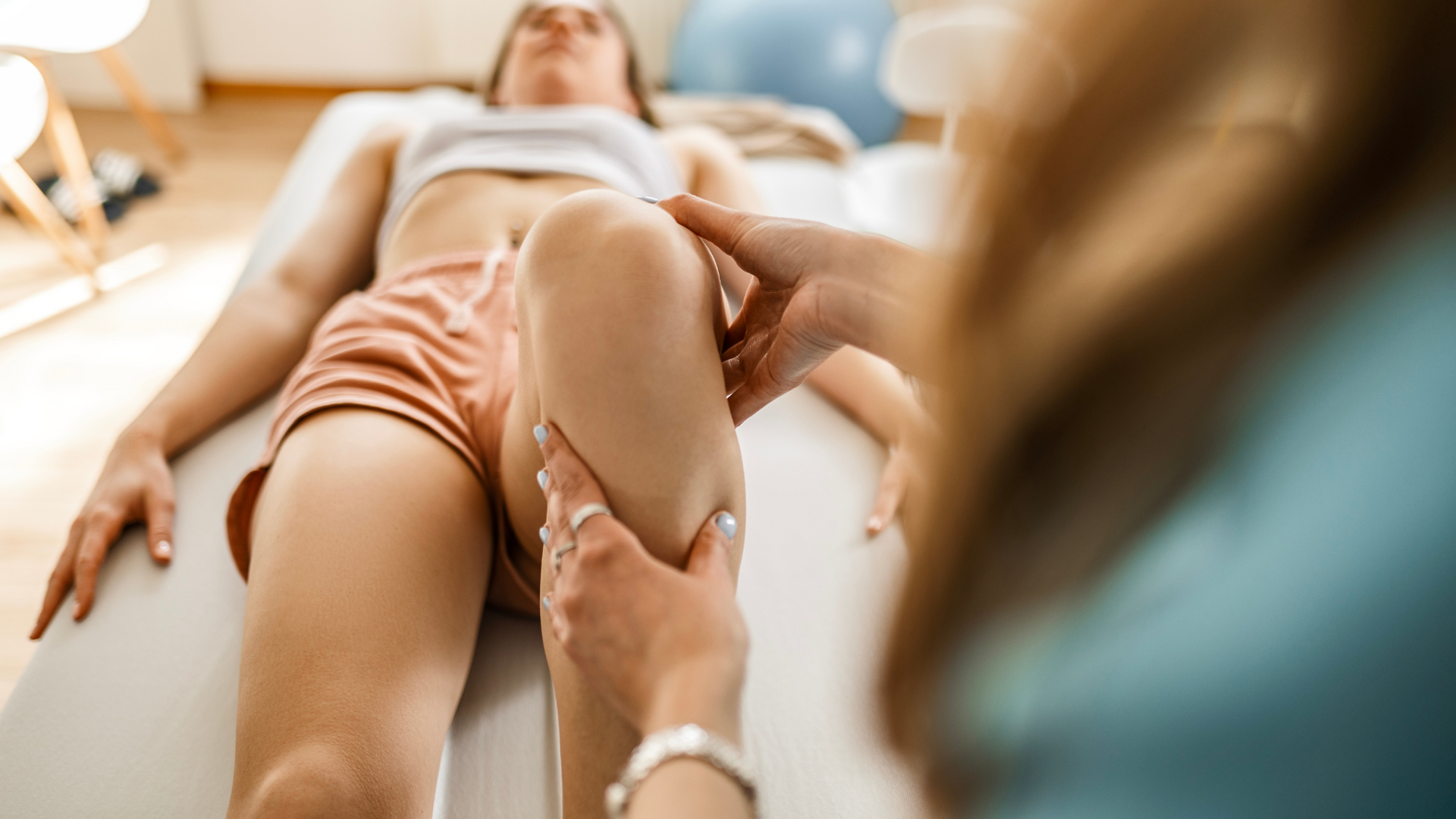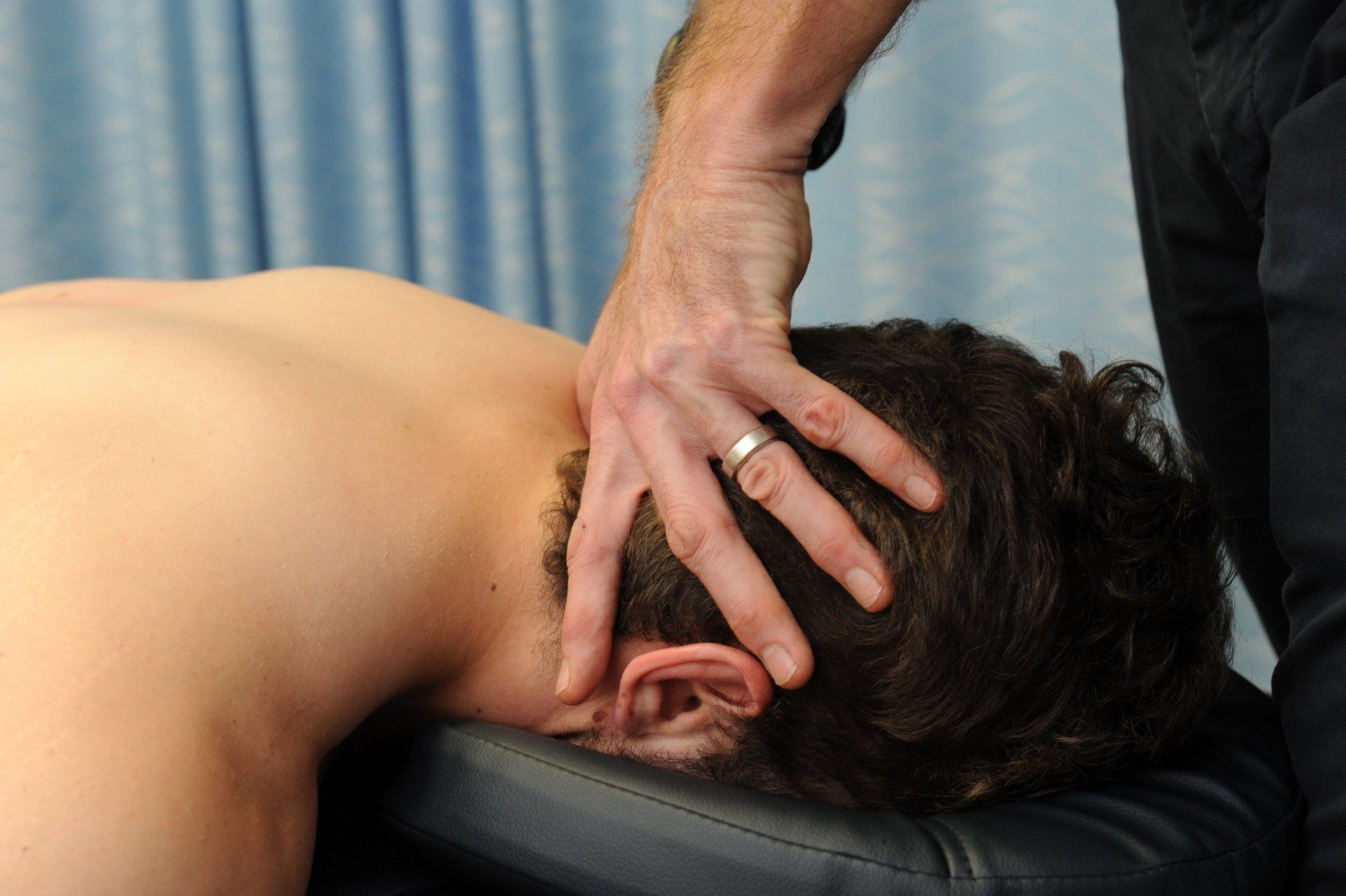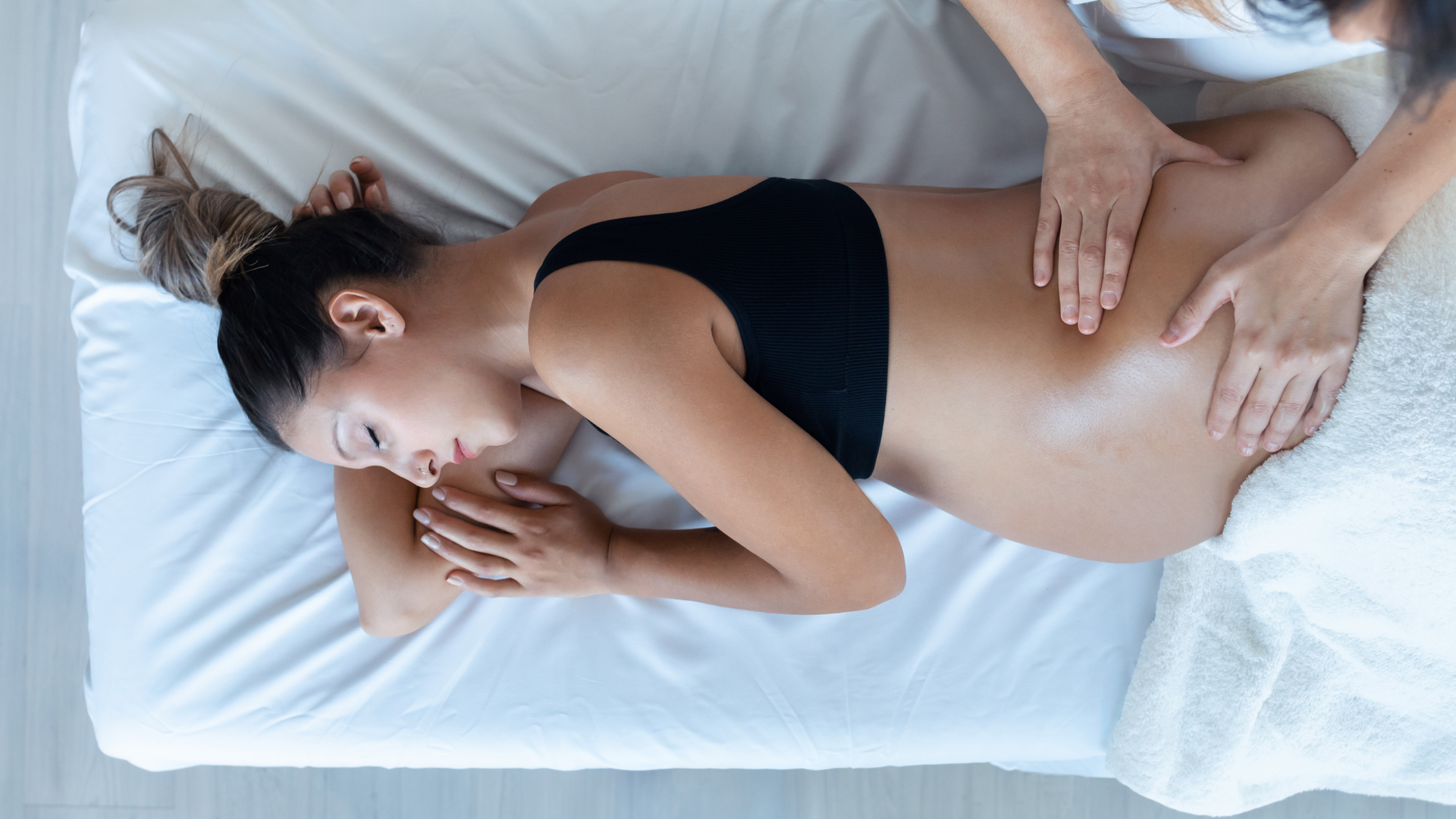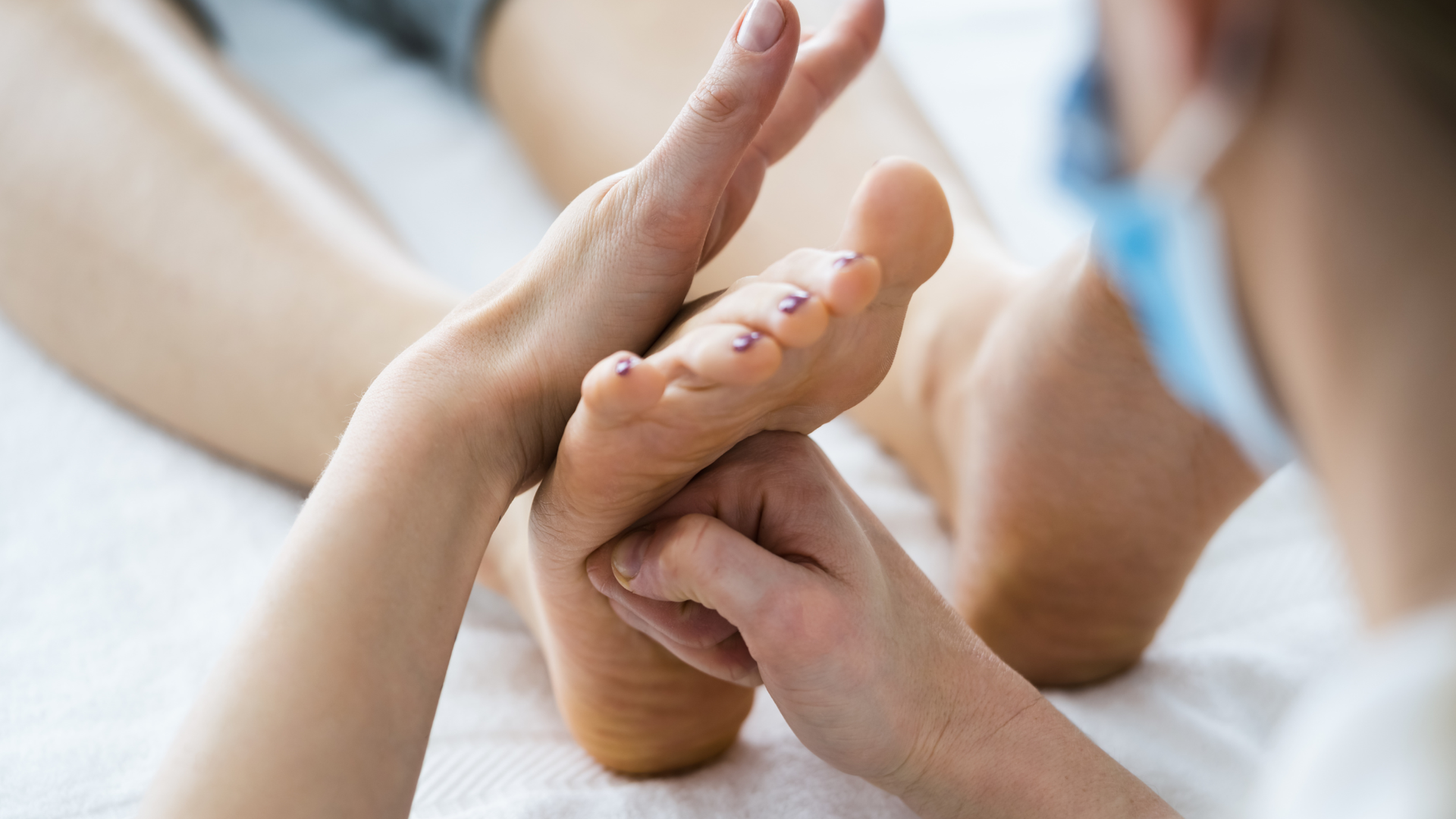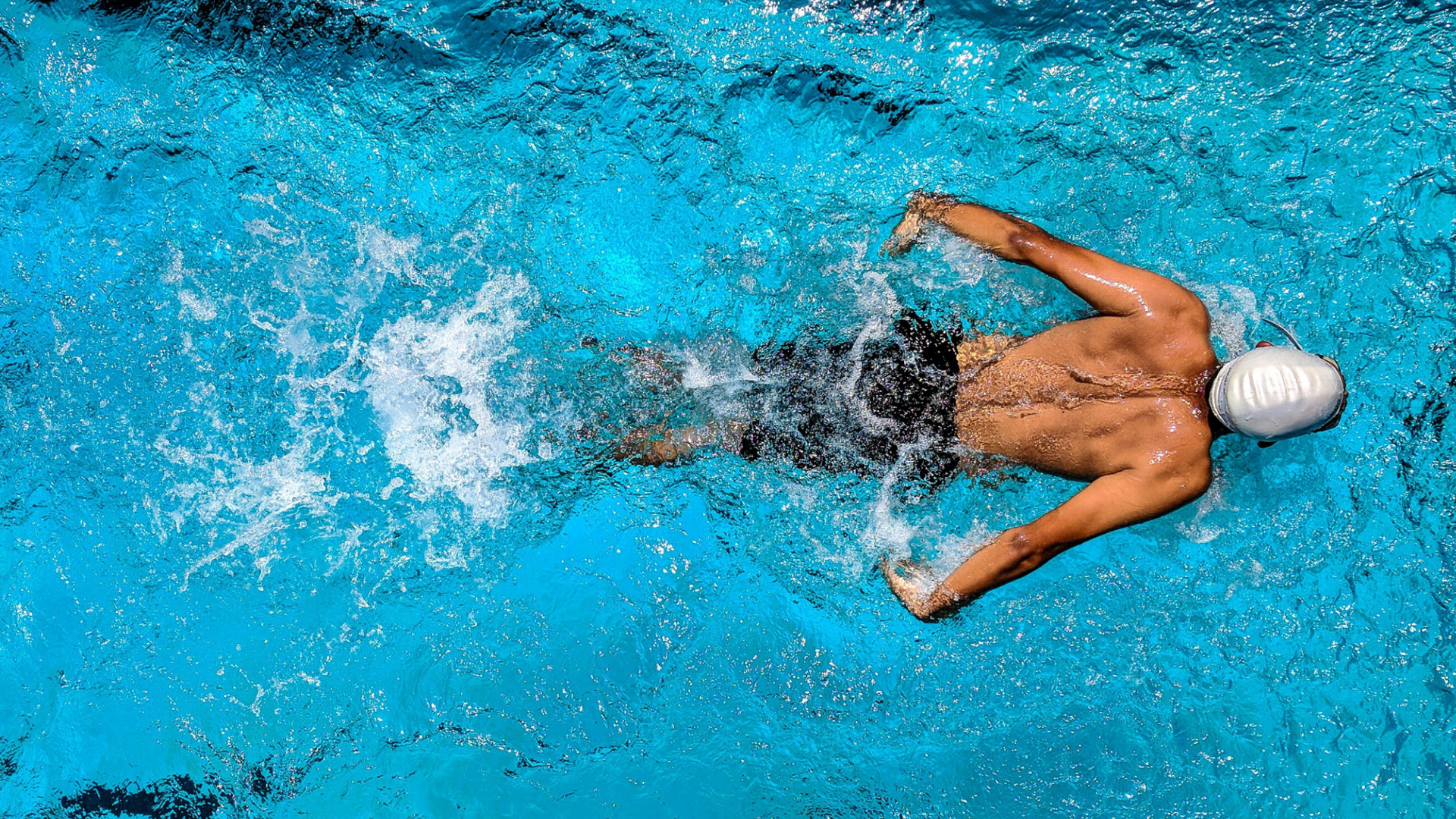The Shoulder - Labral Injuries
Labral injuries are complex to diagnose and impact shoulder stability.
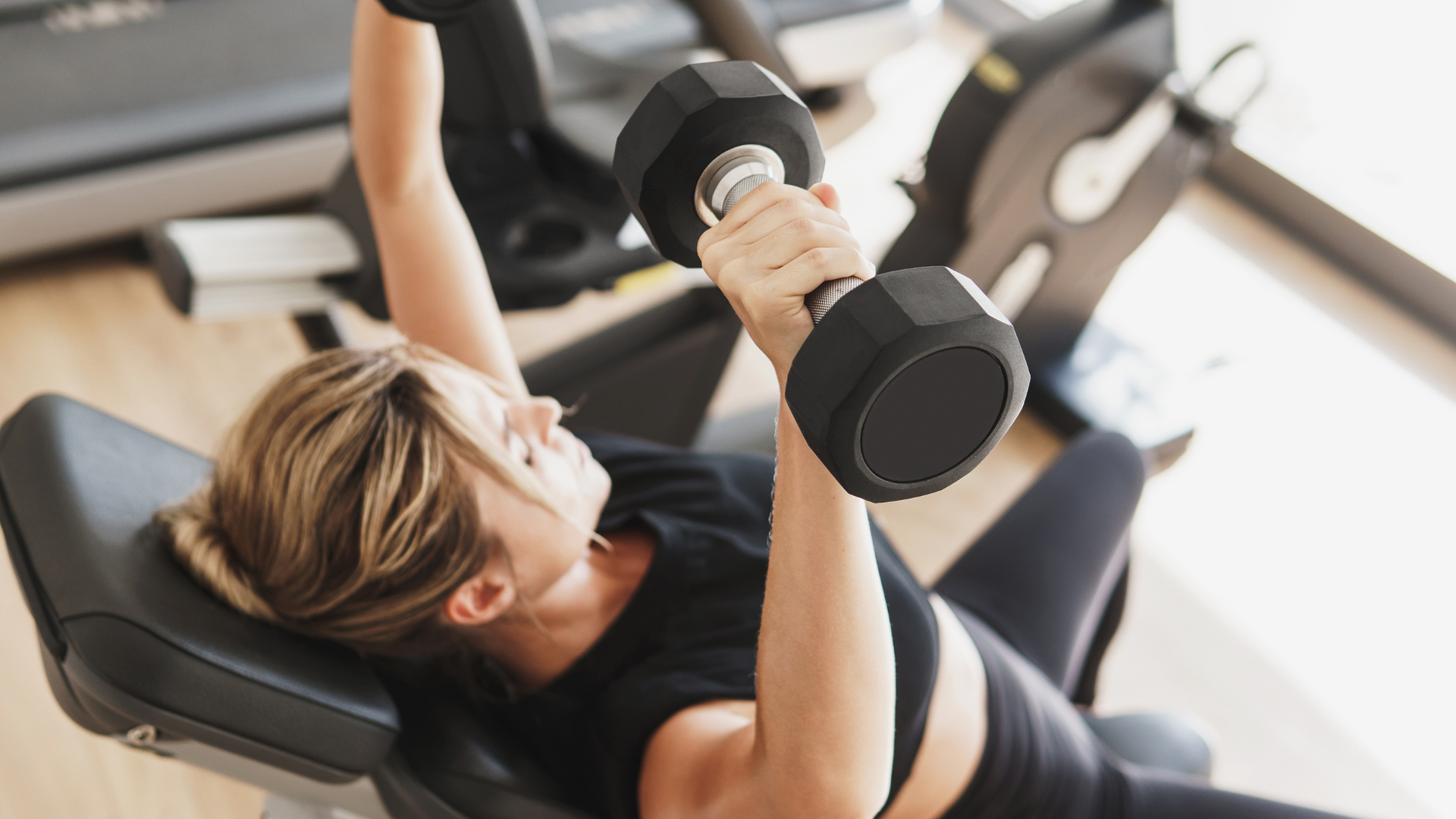
The shoulder is an inherently unstable structure, reliant on the dynamic control of the rotator cuff muscles and a ring of fibrocartilage called the labrum to provide depth to the socket and functional stability.
Injury to these structures can have a devastating effect for an individual.
The labrum helps to stabilize the shoulder joint and keep the ball of the upper arm bone securely located by deepening the socket. Damage to the labrum can occur either from a traumatic injury, such as a fall or an accident, or from repetitive overhead motions that place stress on the shoulder joint, such as those common in sports like baseball or tennis, disrupting the stability of the shoulder and resulting in pain and instability.
A little bit of anatomy
The shoulder labrum is a ring of cartilage that surrounds the glenoid cavity of the scapula (shoulder blade). It effectively deepens the socket where the head of the upper arm bone (humerus) meets the shoulder joint. The labrum serves as a stabilizing structure for the shoulder joint and helps to keep the head of the humerus securely in place. It is well supported by numerous ligaments, and the rotator cuff, a group of muscles that surround the shoulder joint and provide dynamic stabilization.
The labrum is composed of fibrocartilage, a type of connective tissue that is both strong and flexible. It has a tough, rubbery texture and is thicker at the top than at the bottom. The labrum is attached to the rim of the glenoid cavity, providing an anchor for the tendons and ligaments that surround the shoulder joint. Together with the rotator cuff muscles, the labrum forms an integral part of normal shoulder function.
Risk factors and injury prevention
Shoulder labral tears occur in a wide range of individuals across the lifespan, including athletes and non-athletes. Some groups of people are more prone to this type of injury than others though.
Athletes who participate in activities that involve repetitive overhead motion, such as baseball, cricket, swimming, volleyball, and tennis, are at a higher risk of developing labral tears, as are athletes involved in contact sports like AFL, rugby, and martial arts.
Acute labral tears are more common in younger men than in women largely due to their increased exposure to load in contact sports and through gym programs, though this is changing as more females take up contact sports. Strength programs that load the pectorals and biceps (the mirror muscles) are often implicated in acute labral injuries.
The prevalence of chronic labral tears increases with age due to natural degeneration of the shoulder joint over time. Chronic tears are strongly correlated with a history of shoulder dislocation or subluxation (shoulder instability) and a history of previous shoulder injuries.
The most common type of labral injury is called a SLAP lesion. This results from overload of the biceps tendon, which pulls the superior part of the labrum away in an anterior to posterior manner, thus the acronym SLAP (Superior Labrum Anterior Posterior). These tears account for approximately 1% to 3% of all injuries presenting to sports medicine referral centers and are identified in approximately 6% of all shoulder arthroscopy procedures performed.
Diagnosing Labral Injuries
Diagnosing labral tears of the shoulder is challenging due to the complex anatomy of the labrum, the variable symptoms people present with, and the likelihood of co-existing problems at the shoulder joint.
A thorough interview and physical assessment is crucial to the process. Understanding your previous and current shoulder use, sporting background, previous injury history and current symptoms will help paint a picture of what is going on in your shoulder.
Signs and symptoms of a labral tear can vary but often include pain, instability, clicking and/or popping, reduced range of movement, and reduced strength. Many people will often report a fear of certain movements or actions as the shoulder feels like it will pop out. If you are experiencing these symptoms, see you physiotherapist and get your shoulder assessed. They will be able to perform a range of special clinical tests on the shoulder and differentiate between injury to the labrum and other conditions such as a rotator cuff injury, subluxation, bursitis, frozen shoulder and arthritis.
Do I need a scan?
A labral tear can be challenging to diagnose during a clinical examination and further investigations are often valuable to determine the location and extent of injury. MRI is the gold standard, though an arthrogram (where contrast fluid is injected directly into the shoulder joint just prior to the MRI being performed) is often required to specifically diagnose injuries in the joint structures that an MRI alone would likely miss.
Evidence suggest that MRI documented SLAP lesions can be present in up to 72% of middle-aged, asymptomatic patients.
Treat the symptoms, not the scan. It is important to recognize that other shoulder pathologies, such as shoulder impingement (external or internal), rotator cuff syndrome, biceps tendinopathy, and acromioclavicular (AC) arthritis, are all common pain generators in the middle-age population. Thus, the focus could be either over appreciated or misdirected. In 2005, an MRI analysis of professional handball players demonstrated abnormalities in 93% of shoulders, whilst only 37% of these players had symptoms.
Management of Shoulder Labral Injuries
The best course of treatment for a shoulder labral tear is dependent on the severity of the tear, the patient’s age and activity level, and other individual factors. Most people will be referred to an orthopaedic surgeon so that consideration can be given to surgical intervention. Given the prevalence of labral tears in both non-symptomatic populations and in older persons, a period of conservative management can be worthwhile prior to progressing to surgical repair. A multi-disciplinary client-centered approach to management can help with these decisions.
There is good quality evidence to show the value of physiotherapy in managing labral injury both conservatively and in the post-surgical period.
In the acute phase, load management and activity modification are crucial to allow pain and inflammation to settle. Soft tissue techniques, dry needling, manual therapy, and taping techniques can all assist in managing pain and improving shoulder movement.
Functional strengthening of the shoulder blade and shoulder joint are the foundation of a successful rehabilitation program for shoulder labral injury. A customized exercise program will ensure that the functional requirements of the individual are at the forefront of the rehabilitation process. Strengthening must be approached in a gradual manner, with a strong focus on improving shoulder blade biomechanics before embarking on return to sport and work activities.
How long’s it going to take?
The recovery time for a shoulder labral tear can vary widely depending on the severity of the tear, the individual’s age and overall health, and the type of treatment they receive.
If the tear is small and does not require surgery, recovery time can range from a few weeks to a few months. During this time, the individual may need to avoid certain activities that put stress on the shoulder, undergo regular physiotherapy, and, where indicated, take pain medications or anti-inflammatory drugs as prescribed by a healthcare professional.
If surgery is required, the recovery time can be longer, typically ranging from four to six months. The individual may need to wear a sling for several weeks after surgery and undergo a period of immobilization and rehabilitation.
The Take Home
Shoulder labral tear is a common injury that can result in pain, weakness, and instability in the shoulder joint. Treatment options will vary depending on the severity of the injury, the age and goals of the individual, and the degree of shoulder instability present. Throughout the rehabilitation journey for a labral injury, physiotherapy is a key component of your recovery and return to work, sport and daily activities.
Got shoulder pain and want to get it sorted? Give us a call now.
At Movement for Life Physiotherapy, we can assess and diagnose the cause of your shoulder pain and let you know whether you have injured your labrum, torn your rotator cuff muscles, or if there is something else going on. With a clear diagnosis and tailored management plan, we'll help get you back to the things you love sooner.
Call us now on 08 8945 3799 or click on BOOK AN APPOINTMENT to book online.
Sources
- Arirachakaran, A., Boonard, M., Chaijenkij, K. et al. (2017). A systematic review and meta-analysis of diagnostic test of MRA versus MRI for detection superior labrum anterior to posterior lesions type II–VII. Skeletal Radiol 46, 149–160. https://doi.org/10.1007/s00256-016-2525-1
- Bianco, L. (2022). Conservative Care of a Patient with Initial Anterior Shoulder Dislocation Participating in an Intercollegiate Basketball: A Case Study. Clinical Practice in Athletic Training, 5(1).
- Carbone, A., Limpisvasti, O. (2022). Understanding Batter’s Shoulder: Diagnosis, Treatment, and Outcomes. Curr Rev Musculoskelet Med 15, 547–551. https://doi.org/10.1007/s12178-022-09795-y
- Frangiamore, S., Maier, J., & Schickendantz, M. (2021). SLAP tears in the throwing shoulder: a review of the current concepts in management and outcomes. Operative Techniques in Sports Medicine, 29(1), 150798.
- Panayiotou Charalambous, C. (2019). Superior Labrum Tears of the Shoulder. In: The Shoulder Made Easy . Springer, Cham. https://doi.org/10.1007/978-3-319-98908-2_27
- Touri, A. (2019). Treatment Of A Work-Related Superior Glenoid Labral Repair: A Case Report. Case Report Papers. 107. https://dune.une.edu/pt_studcrpaper/107
- Van Blarcum, G. S., & Svoboda, S. J. (2017). Glenohumeral instability related to special conditions: SLAP tears, pan-labral tears, and multidirectional instability. Sports Medicine and Arthroscopy Review, 25(3), e12-e17.
- Varacallo M, Tapscott DC, Mair SD. (2023). Superior Labrum Anterior Posterior Lesions. In: StatPearls [Internet]. Treasure Island (FL): StatPearls Publishing; 2023 Jan-. Available from:
https://www.ncbi.nlm.nih.gov/books/NBK538284/
